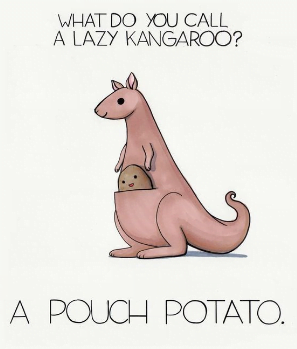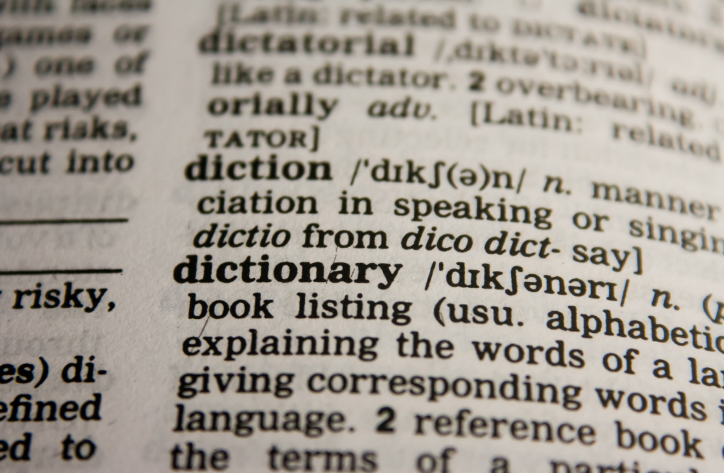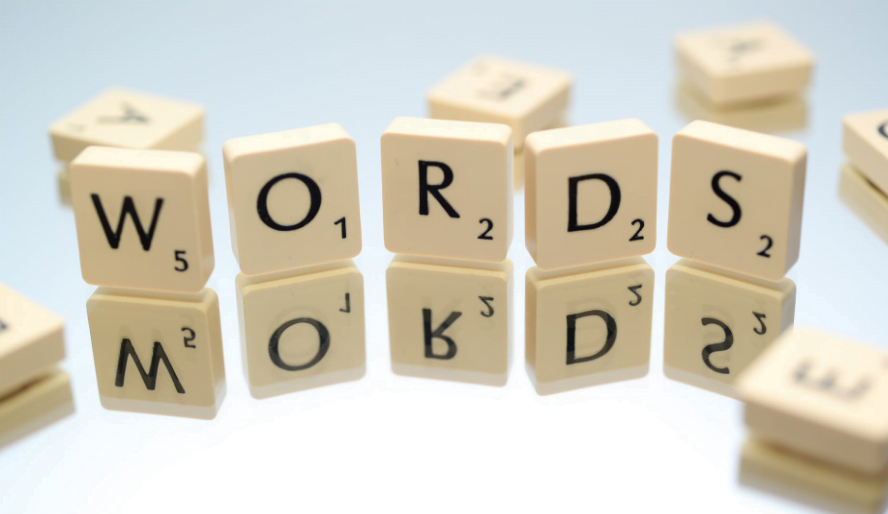Vocabulary is the most important aspect of language when starting out on your learning journey. Having sufficient vocabulary helps you communicate your meaning, even if your grammar skills are lacking or entirely absent. But how much vocabulary is enough when learning a foreign language?
The answer depends on your current language ability level and your proficiency goals. The vocabulary required for shopping and day to day life is a lot less than would be required for discussing serious issues and more intellectually demanding subjects.
The ability to communicate on a basic level is the first aim in any language learner’s journey. So how much vocabulary is necessary when learning a new language, when do you have ‘enough’ vocabulary and when should you start to focus on depth of vocabulary, grammar and other areas?
Vocabulary or Grammar?
If your aim is fluency or at least an advanced level, you might be tempted to leap into the grammar of the language first. However, doing this will slow down your progress and hinder your ability to communicate well on a basic level early on.
Without knowledge of grammar it is difficult to communicate. You will not be able to have interesting conversations or explain your thoughts in any subtle way. But without enough vocabulary, you will not be able to communicate anything at all.
Grammar is almost useless on its own. But with a small amount of vocabulary, such as the names of places, buildings, clothes and common foods, you can successfully ask for directions in the street or talk to an assistant about products in shops.
Basic knowledge of a few stock phrases can also help with other important areas of communication, such as giving or asking the time in English or achieving other simple tasks, such as getting a haircut.
All you need is your basic vocabulary, a questioning tone of voice, a smile and a few hand gestures to get your main message across.
Be careful here though. Some hand gestures can mean different things in different cultures, so it is possible to cause offence (although it is likely that a foreigner would be forgiven!)

Focus on Vocabulary to Increase Language Proficiency
At the start of your language learning journey, the focus should be on building a wide breadth of vocabulary.
Studies have shown that ‘vocabulary knowledge, and vocabulary size in particular, is a major contributor to communicative performance in a foreign language’. (1) In fact, Stæhr’s research has shown that the size of a learner’s vocabulary accounts for up to 72% of proficiency gains in reading ability and up to 52% in writing ability. (2)
When teaching vocabulary, it is also important to remember the essential role that context plays in students being able to recall the new words.
Although the amount of vocabulary needed depends on the language being studied, vocabulary size consistently ranks as the most important factor in increasing language ability. So this is clearly where need to start when beginning to learn a new language.
On the language proficiency scale from the CEFR, (Common European Framework of Reference for languages) each language ability level needs the knowledge of an additional one thousand words.
This means that to reach A1 level, you need around 1000 words in your vocabulary. A2 level needs around 2000 words, B1 level needs around 3000 words, B2 level around 4000 words and C1 level around 5000 words.
Which Words to Learn?
So we know that vocabulary size is important. But the next question for language learners is: which words to focus on? The answer is simply: the most commonly used words.
When starting to learn a new language, you need to have around 1000 words in your vocabulary to reach the first rung of the CEFR ladder of language proficiency. But there is no point learning obscure words that you will hardly ever need. The secret is to focus on the most common words.
Language Frequency
Think about the usabilty of words and which ones have multiple uses. The verb ‘to talk’ is much more useful to know than the verbs ‘to chatter’, ‘to gossip’, ‘to natter’, ‘to whisper’, ‘to shout’, ‘to converse’, ‘to explain’ even though they can all mean roughly the same thing – to communicate orally.
In fact, a generic word is far more useful than more specific, descriptive words. For example, the general word ‘trousers’ is more useful than the words ‘shorts’, ‘chinos’, ‘jeans’, ‘pantaloons’, ‘jeans’ and ‘cords’.
We can use this ‘generic word’ method for all kinds of words. The word ‘dog’ is more useful than the names of the dog breeds, the word ‘dessert’ is more useful than types of desserts, such as ‘cake’, ‘pudding’, ‘ice cream’, ‘tart’ or ‘gateau’. The word ‘sauce’ is more useful than knowing the words for different condiments, such as ‘ketchup’, ‘mayonnaise’, ‘mustard’, ‘custard’ and ‘gravy’.

Basic adjectives can actually be more useful pieces of vocabulary than specific, non-generic nouns. For example, adjectives of size or colour can help you to describe an object without needing to know the correct word for that specific object.
For instance, a ‘red sauce’ for chips is clearly ketchup, while a ‘yellow sauce’ for a dessert will likely be custard. Similarly, a ‘small dog’ can differentiate a chihuahua from a German Shepherd. A ‘very tall animal’ is quite likely to be a giraffe, while a ‘small green vegetable’ or even a ‘small green food’ could usefully describe peas.
Core Vocabulary
As your vocabulary grows, you will add more detailed words, such as ‘cords’, ‘culottes’ and ‘jeans’ to your vocabulary. But to begin with, the word ‘trousers’ is fine because these other words all fall under the category of trousers.
It is easy to find out the most useful or ‘core’ vocabulary to learn, you can think logically about generic words in your own language and then learn these words in your target language. You can also use a reference book to help find the most commonly used words in different languages.
Remember when you look for a new word in a dictionary, the most common uses will be listed first and the rarest usages of the word will come last.
Learning Different Meanings of Words
We might know one main meaning of a word, but what about other meanings? The most generic words can often be used in different ways to mean different things. Your first focus in language learning should be breadth or size of vocabulary. This means you should focus on learning as many useful core words as possible.
The next step after breadth of words, is to think about depth of vocabulary. Improving the depth of your knowledge means you know more uses for the same words. This does not require learning more new words and adding to your vocabulary. It simply means learning new ways to use your existing vocabulary.
Once you know a word’s main meaning, how to spell the word and how to pronounce the word, it is time to think about its other meanings. This means putting the new word into context and thinking about its collocations, its different connotations and the other words associated with it.
Breadth vs Depth of Vocabulary
When considering how much vocabulary is enough when learning a foreign language, there is an important transition period to be aware of when the focus should change.
There comes a time in a language learner’s journey when the focus should move from breadth of vocabulary (how many words you know) to depth of vocabulary (how well you know those words).
Knowing a word can mean knowing its primary use, its pronunciation and its spelling. Knowing the word well means something deeper than this. It means knowing its other, less common meanings, how it is used in different contexts, the other words that are commonly used with it and idioms and slang expressions connected with the word.

Meanings of the word Pass
For example, the word ‘pass’ can be a verb or noun. It can mean to reject an idea, to move past something, to successfully pass an exam, to come to an end, to die, to put something into circulation, to allow entry, or it can mean an entry token.
‘Pass’ can also refer to the passage of time, a way of spending time, a spoken exchange, a discharge from the body, a transfer or information, a romantic or sexual advance, the approval of a piece of legislation, or a movement in team sports where the ball is passed to another player.
Phrasal verbs
There are also many phrasal verbs using the word ‘pass’. For example, to pass out (to lose consciousness), to pass on (to die, to turn down an opportunity), to pass away (to die) to pass through (to travel through), to pass by (to visit briefly, to travel past without stopping, to miss an opportunity), to pass over (to ignore), to pass around (to offer something to a group of people), to pass up (to decline an opportunity).
To really know the word ‘pass’ well, a language learner would need to be aware of all these different meanings, phrasal verb usages and subtle nuances.
This difficulty in learning depth of vocabulary is why humour in a foreign language can be so difficult to understand and appreciate. So much humour, whether in comedy shows, stand up comedy, cartoons or other jokes, depends on good knowledge of vocabulary, spellings, puns and rare usages of words.

The cartoon above requires the reader to know that ‘couch potato’ is an idiom that means lazy, that a baby kangaroo (a joey) sleeps in a ‘pouch’ and that these two words rhyme in English.
When to Move from Breadth to Depth of Vocabulary
When you start moving from building breadth of vocabulary to increasing your depth of vocabulary, it can be overwhelming to discover there are so many new meanings to words you already know.
When you start using more advanced learning materials, this is when the depth of your vocabulary is tested.
Basic learning materials focus on essential vocabulary for basic communication without looking at slang or other meanings. When you start to look at other learning materials that have been written by natives for other natives, such as newspapers, magazines, advertisements or television shows, you will often find many new usages and meanings.
Language learners generally start using authentic learning materials at around B1 level of the CEFR ladder of language proficiency. This is the stage when you can have deeper engagements with natives and discuss more interesting and complex matters. You will discover idioms, connotations and hidden meanings, many of which could be commonly used by natives.
At this stage, the aim should be to add depth of knowledge to the breadth of vocabulary already learned. Focusing on extending your knowledge of the core words will make these words far more useful to you. This can be a more sensible approach to language learning than simply learning yet more new words on a basic, superficial level.
How to Build Depth of Vocabulary
When looking to increase the depth of your vocabulary rather than the breadth, there are a number of approaches that can be useful.
Use authentic materials
Instead of using student textbooks and other specialist student learning materials, such as language learning software or academic podcasts, look to authentic materials. This means find texts and audio that has been created by native speakers for other native speakers.
Although student learning materials are often excellent study tools necessary for language learning most of the time, it is also important to find authentic materials that give you a taste of the language as it is spoken naturally between natives.
This approach not only introduces new vocabulary, connotations and usages, but also introduces a natural speed of speech. Many student audio materials use deliberately slow, clear speech to aid understanding in the earlier stages of language learning. Authentic audio materials generally use faster speech and a wider range of accents, so they are more challenging on many levels.
Consider newspapers, magazines, pop songs, poems, novels, television progammes, television commercials, films and radio. These materials will all stretch your vocabulary, take you out of your comfort zone and force you to understand vocabulary in new ways.
Engage with native speakers
In addition to listening to natives and reading text written by and for natives, you should try to engage much more with native speakers. Speaking to a native and understanding what they say to you is crucial in language learning at this transitionary level.
At an early stage, getting lots of language input is arguably the best way to start learning a language. You knowledge will not be strong enough to engage properly with natives and it will be frustrating to attempt to produce language without enough vocabulary or grammar.
But when you are focusing on improving your depth of vocabulary, communicating with natives is an excellent way to improve your understanding.
By producing the new vocabulary in context with a native speaker, you get to practise the new words – and learn when it is appropriate to use them. This practice can be with your native teacher or friends, in a language learning group, language exchange meetup group or with a native speaker over Skype.
Learn words in context
Learning words in context is connected to using authentic materials. If you read a short story and find a word used in a new way that you don’t understand, you can ask a native speaker about it. There are lots of forums on the internet where you can post a question for a native speaker to answer. You could also ask for help on social media.
Cultural context can change the meaning of a word, so your new word could have various connotations across different locations where your target language is spoken. Context is essential when learning anything new – this is how you see the new content/word/idea in action and see how it is used in a practical situation.

When Should the Focus Switch to Grammar?
While continuing along your language learning journey, you will naturally encounter new grammar structures as you place new words into context. As you progress, grammar will become more of an issue and you will want – and need – to place greater emphasis on it.
However, studying grammar in a formal way should not be a major concern when looking to build proficiency at an early stage in language learning. Grammar helps you to create more interesting sentences, but too much emphasis on grammar early on can hinder your proficiency and prevent ease of communication on a basic level.
Focus on building your core vocabulary first and then put this into context with the most basic grammar. Next, look at depth of vocabulary. More obscure words and complex grammar structures should come at a later stage.
Share your thoughts on vocabulary breadth and depth and its place in the language learning journey
How much vocabulary do you think is enough to feel confident in a foreign language when dealing with day to day life?
How much vocabulary is enough to have a comfortable conversation with a native speaker?
Do you think vocabulary is the most important area of language learning?
At what stage in language learning would you start to study grammar more formally?
Do you have any tips for learning core vocabulary? And do you have any tips for remembering new words?
What is the best way to improve depth of vocabulary?
Share your opinions, tips and advice in the comments.
References
(1) Milton, J. (2010) ‘The Development of Vocabulary Breadth Across CEFR Levels’ in Communicative Proficiency and Linguistic Development. (Eds. Bartning, I., Martin, M., and Vedder, I.) (2010). Eurosla Monographs Series 1
(2) Stæhr, L. S. (2008). ‘Vocabulary size and the skills of listening, reading and writing’ in Language Learning Journal, 36 (2), pp 139-152.

